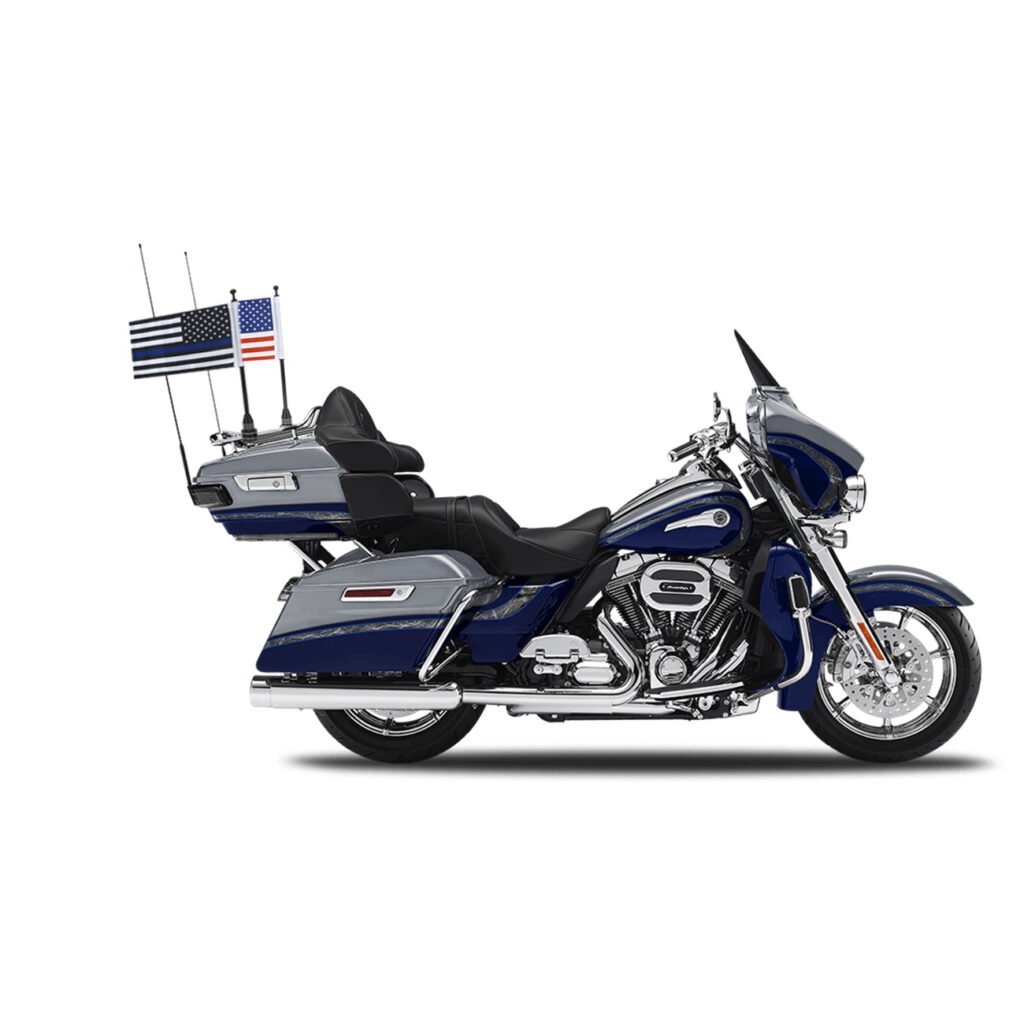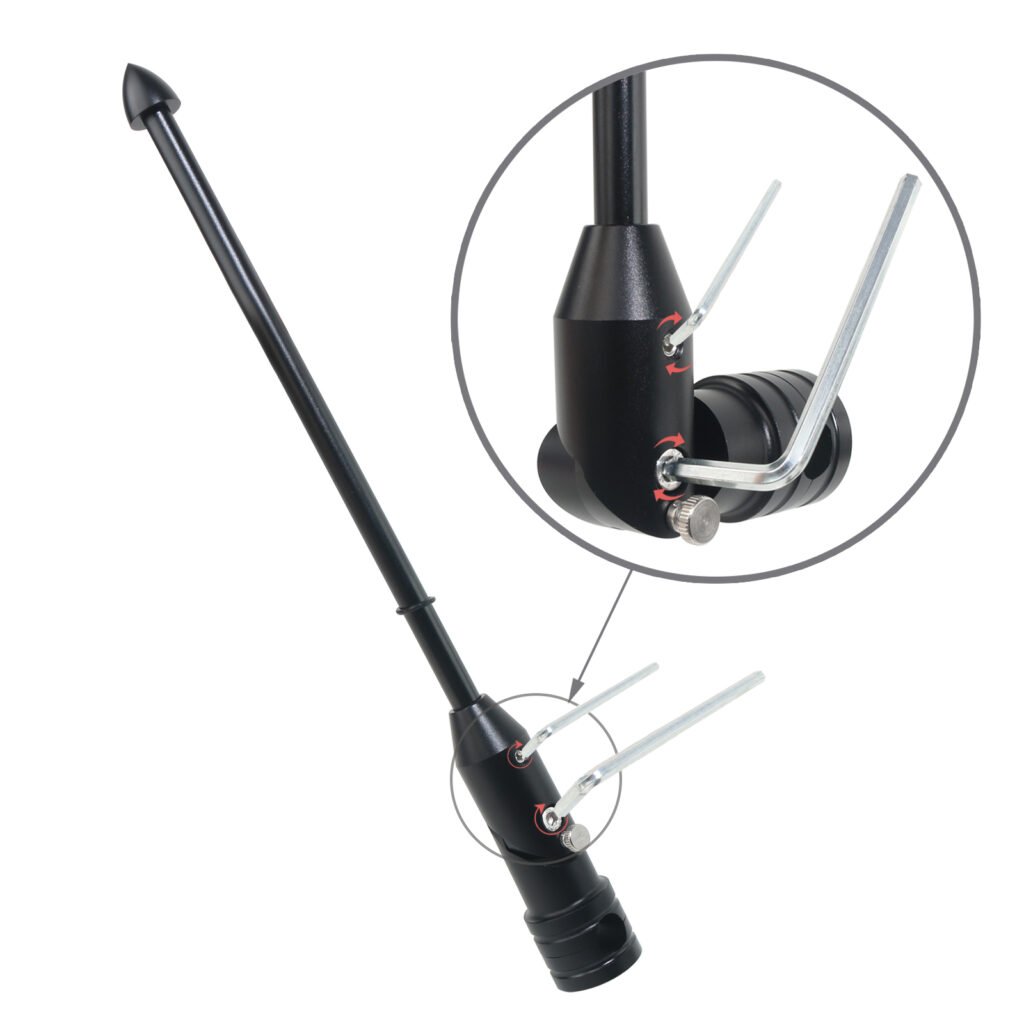
A fully charged Harley Davidson battery typically shows between 12.6 to 12.8 volts in a battery. This voltage range ensures that your motorcycle starts easily and operates efficiently. For instance, 12.8 volts indicates a full charge, while 12.6 volts signifies that the battery is 75% charged. Regularly checking the volts in a battery can help prevent surprises and extend its lifespan.
Key Takeaways
A fully charged Harley battery should show 12.6 to 12.8 volts. Check it often to make sure your bike starts well.
Use a multimeter to check the battery voltage. Follow these steps: get the battery ready, set the multimeter, connect probes, and read the screen.
Keep the battery above 12.6 volts to stop damage. If you don’t ride much, use a battery tender to keep it charged safely.
Understanding the Volts in a Harley Davidson motorcycle battery

What Voltage Means for Motorcycle Batteries
Voltage shows how much power is in your motorcycle’s battery. It helps the battery run your Harley Davidson properly. A 12-volt battery should stay a little above 12 volts. If it drops too low, your bike might not start or work.
Your Harley’s charging system keeps the voltage at the right level. The alternator makes electricity, and the regulator stops voltage from going over 15 volts. Without these parts, the battery could overcharge or lose power too fast, causing problems.
Specification | Value |
|---|---|
13.1 Volts | |
Maximum Output Voltage | 15.2 Volts |
Typical Voltage Range for Harley Davidson Batteries
The motorcycle battery’s voltage changes with its charge and engine speed. At idle, it usually reads 12.8 to 13 volts. When you rev the engine past 2000 rpm, it can go up to 15 volts. These changes mean the charging system is working well.
Voltage | State of Charge |
|---|---|
12.73+ | 100% |
12.50 | 80% |
11.90 | 40% |
10.50 | No charge |

Voltage Differences in Vintage vs. Modern Harley Davidson Models
Old and new Harley Davidson bikes handle voltage differently. Older bikes often have trouble keeping steady voltage at idle. Newer bikes control voltage better. For example, modern bikes keep voltage under 15 volts when running, which protects the battery.
Condition | Vintage Models | Modern Models |
|---|---|---|
12.8 volts | 12.8 volts | |
Voltage at Idle | Varies | Usually lower |
Voltage at 2000 rpm | 14.8 volts | Often below 14.8 volts |

Knowing these differences helps you keep the right voltage. This is true whether you ride an old or new Harley Davidson.
How to Measure the Volts in a Harley Davidson Battery

Easy Steps to Use a Multimeter
Checking your battery’s volts is easy with a multimeter. Follow these steps for correct results:
Get the Battery Ready: Make sure it’s fully charged (12.6 volts or more). Tighten all connections to get accurate readings.
Set the Multimeter: Turn it to DC voltage mode. Pick a range above 12 volts.
Attach the Probes: Connect the red probe to the positive terminal. Connect the black probe to the negative terminal.
Check the Screen: Look at the multimeter’s display to see the voltage.
You can also check the alternator’s output. At 1000 rpm, it should show 18-20 volts. Test the regulator-rectifier by checking the battery voltage at idle (12.8-13 volts) and at higher RPMs (below 15 volts).
What Voltage Readings Mean (Full, Low, or Too High)
Voltage readings tell you how healthy the battery is. A full battery shows 12.6-12.8 volts. If it’s below 12.5 volts, it needs charging. Overcharging happens when it’s over 15 volts, which can harm the battery. Regular checks keep the voltage in the right range and prevent problems.
Cranking Voltage and What It Tells You
Cranking voltage is the battery’s power during startup. A good battery stays at 9.6 volts or more while cranking. If it’s lower, the engine might not start well. Use this table to understand voltage levels:
Voltage | State of Charge/What to do |
|---|---|
12.73+ | 100 percent. Ready to ride. |
12.50 | 80 percent. Charge it first. |
11.90 | 40 percent. Charge it, but it may be bad. |
10.50 | No charge. Check if it’s still usable. |

Watching cranking voltage helps your Harley Davidson start easily and avoids issues.
Things That Change Battery Voltage
How Temperature Affects Battery Voltage
Temperature changes how your Harley battery works. Warm weather speeds up chemical reactions, boosting voltage. But too much heat can harm the battery. Cold weather slows reactions, lowering voltage and making it hard to start your bike.
Temperature Effect | What Happens |
|---|---|
Voltage Peak Movement | Heat moves voltage peaks up; cold moves them down. |
Peak Shape Change | Heat makes peaks wider; cold makes them sharper. |
Sensitivity Differences | Lithium-ion batteries change voltage more than other types. |
Checking voltage in hot or cold weather helps avoid problems.
How Old Batteries and Use Affect Voltage
Old batteries hold less charge over time. Using them a lot or charging them wrong makes this worse. Studies show older batteries lose power and voltage drops. For example:
Voltage peaks shrink as batteries get older, showing less power.
Changes in voltage peaks show the battery is wearing out.
Taking care of your battery slows this process.
Problems Like Power Drains and Bad Charging Systems
Power drains happen when parts use electricity while the bike is off. This lowers the battery’s voltage. Broken charging systems, like a bad alternator, can also cause trouble. These problems may overcharge or undercharge the battery. Fixing them quickly keeps your battery healthy.
Tips for Keeping the Right Voltage in a Battery
Charge Often and Avoid Full Discharges
Charge a motorcycle battery often keeps it working well. If a battery stays undercharged too long, it can get sulfation. This makes it harder to hold power. Keep the voltage above 12.6 volts to avoid this. AGM batteries, used in motorcycles, handle heat and deep discharges better. But don’t let them fully drain. For lithium batteries, store them at 50% charge. This stops deep discharges and helps them last longer.
Use a Battery Tender for Storage
If you don’t ride daily, use a battery tender. It keeps the battery charged without overcharging it. This is helpful in winter or when not riding for a while. A tender stops the battery from draining due to small power uses or natural loss. This way, your bike will start easily when you’re ready to ride again.
Check Regularly and Replace When Needed
Checking your battery often helps keep the voltage right. Look for corrosion on terminals and make sure connections are tight. Riding can loosen these over time. Check for leaks, broken cables, or other problems. If the battery won’t hold a charge, replace it. Changing it on time avoids breakdowns and keeps your bike running well.
Keeping the voltage at 12.6-12.8 volts is important. A full battery shows 12.8 volts, while 12.6 volts means 75% charged. Check connections often and use the right charger. These steps prevent problems and make your battery last longer.
FAQ
What happens if my Harley Davidson battery voltage gets too low?
If the voltage is too low, your bike might not start. Over time, this can also harm the battery. Check and charge it often to keep it working well.
Tip: Use a multimeter to check voltage and avoid problems of battery maintenance.
Can I use a car battery charger for my Harley Davidson battery?
No, car chargers give too much power and can harm your battery. Always use a charger made for motorcycle batteries to stay safe.
How often should I check my Harley Davidson battery voltage?
Check your battery once a month or before long trips. Regular checks help you find problems early and keep your bike in good shape.
Note: Taking care of your battery life makes it last longer and avoids trouble.


